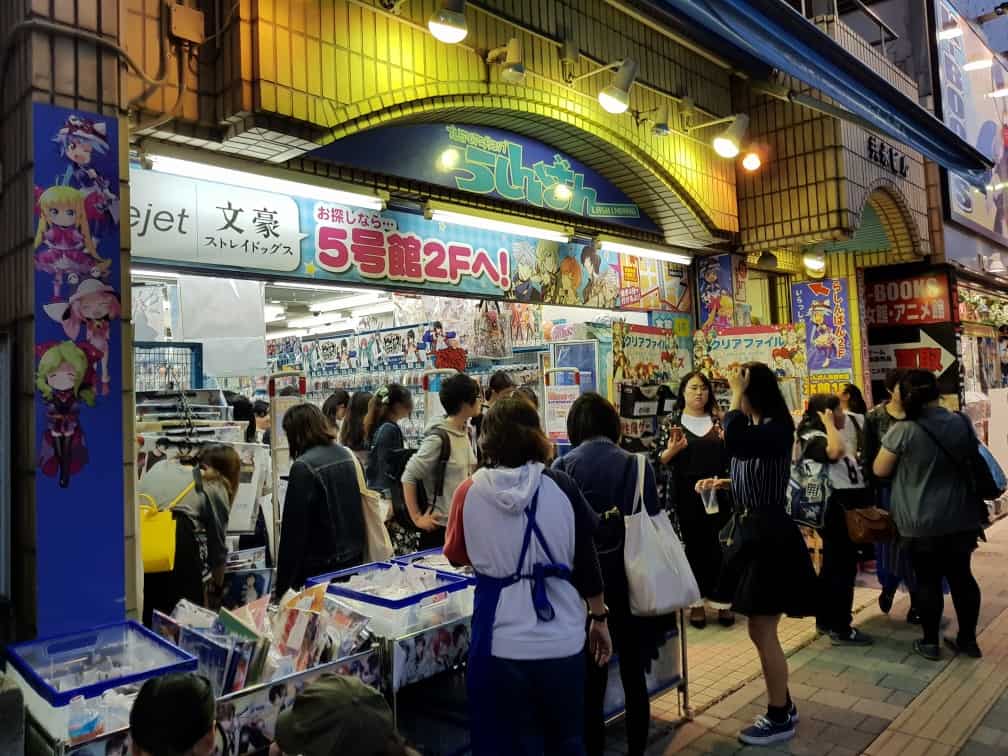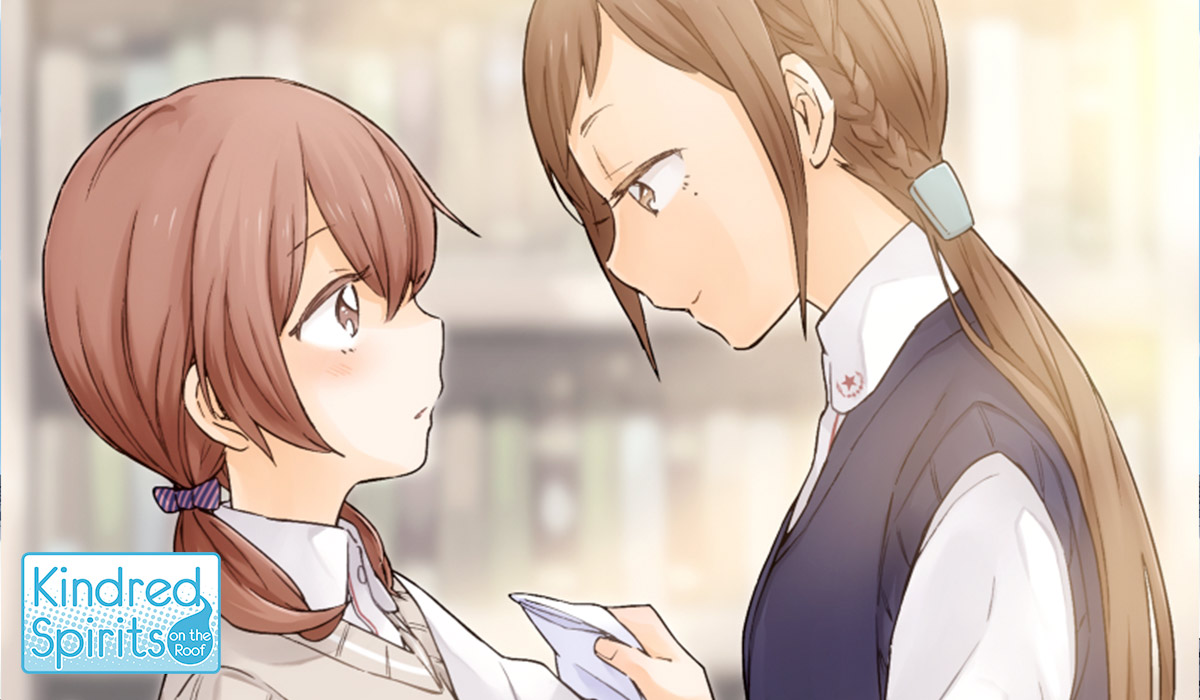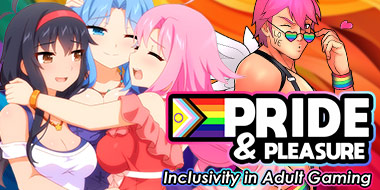A brief history of Yuri

- Nutaku
- 2021/11/27
What is yuri? Quite literally, it translates to “lily.” But the term has blossomed into something well outside the world of botany! These days, when you say “yuri,” you’re most likely talking about a sub-genre of anime, manga, and gaming centered around lesbian romance. In other words, whether you’ve been entranced by a tender gay romance in anime or spicy girl-on-girl hentai, you’ve enjoyed yuri! The term comes from mid-70s gay magazine Barazoku, which referred to lesbian readers as yurizoku (lily tribe)! The term stuck from there.
But where, exactly, did this form of lesbian representation start? Believe it or not, it actually takes root in popular Japanese literature of the early 20th century. The works of Nobuko Yoshiya established the tropes and archetypes present across decades of yuri media. Yoshiya’s work were primarily Class S literature – stories that depict overtly sapphic, but ultimately platonic relationships between young girls. Her works in the Class S genre thrived up until the Second Sino-Japanese War, when state censorship crunched down on depictions of homosexuality.

This crackdown continued for years, even during the advent of manga. In the 1970s, Shikuretto Rabbu introduced lesbian representation to comics that fell outside of Class S classification for the first time, and The Rose of Versailles mixed gender politics with gay yearning in the French Revolution. But these series were few and far in between – only a handful of yuri manga came out from major publishers for several decades. Even worse, the stuff that did come out from the ‘70s through the ‘80s was… a bit of a bummer, to say the least! Yuri of the era often ended in murder, suicide, or unrequited feelings, which was indicative of attitudes towards homosexuality at the time.
But times started a’changin’ in the 1990s. Pioneering yuri manga Jukkai me no Jukkai gave mainstream audiences a taste of something more than tragedy, while importance characters like Sailor Neptune and Sailor Uranus introduced lesbian relationships into mainstream shojo anime. Plus, Class S literature got its comeback in the ‘90s too, with Maria Watches Over Us spawning a wildly successful series and anime adaptation with more overtly lesbian characters. These representations, along with the timeless gay classic Utena, helped pave the way for a thriving and active yuri fanbase leading into the aughts.

Yuri exploded in the 2000’s, with major publishers finally publishing anthologies, and the fan culture heating up into a fever pitch all the while. The doujinshi scene for yuri became more diversified, with more female creators becoming involved in lesbian erotica and fan creations. But, most relevant to us, the eroge space blew up with lesbian content! Games capitalized on the boom with lesbian experiences of all kind – from erotic romances to full-blown femdom fantasies!
Going into the 2010s, as cultural attitudes towards homosexuality grew marginally less hostile in contemporary Japan (and much of the world in general,) yuri media became omnipresent. Taking over anime, J-Dramas, manga, gaming, and more, the lesbians truly started to win. Even as the battle for equal rights and legitimacy in society’s eyes continues, there’s a lot more media out there for people to explore and discover their sexuality with!

Nutaku is happy to host some of that content right on our store. If you’re interested in an erotic, paranormal Class S story, Kindred Spirits on the Roof will scratch that itch. And if you want a diversified portfolio of luscious lesbian experiences, the prolific Sakura series offers fun, sexy yuri experiences across fantasy, sci-fi, and many more genres. Regardless of what type of lesbian loving you’re into, we’re bound to have it.
So, let’s go lesbians – it’s our time to shine.




